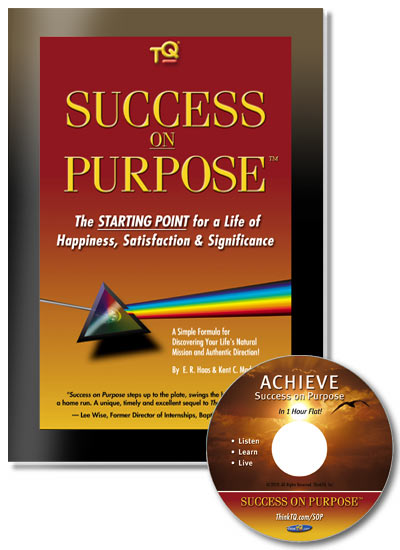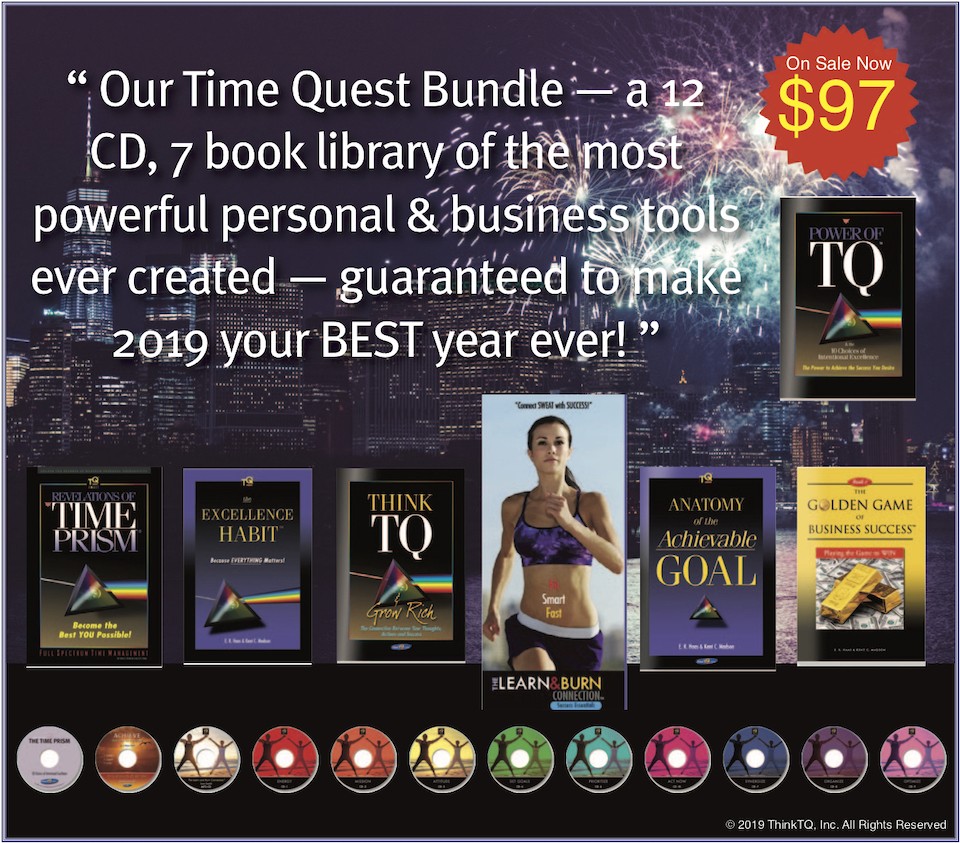Emotional Freedom: Life is Good…
“Peace is something that comes from within. It is created by your willingness to accept yourself.” ~
Accept Thyself: Heal Thyself…
When you do, you earn the freedom to pursue your dreams to the full extent possible!
All of our hopes and dreams begin in our imagination.
What we call our Someday Dreams in Success On Purpose…
- Someday I will go to Alaska…
- Someday I will learn to play the piano…
- Someday I will be married to a wonderful, warm and loving person…
- Someday my family will enjoy the fruits of all my hopes and dreams.
Of course, the list is endless… because our imagination is boundless.
Albert Einstein opined that “Imagination is more powerful than Knowledge. Knowledge is finite; imagination infinite.”
So, when we at TQ think of Emotional Freedom, we see it as our freedom to achieve our grandest goals. We see it as a matter of powerful personal performance, not just a “peaceful easy feeling”!
This, of course, is where the conversation gets interesting!
What if our imagination is already dead and buried?
What if we killed off our inner-child years ago?
What if we do not see ourselves as winners or players, but victims in a game we lost well before we even stepped out onto the field?
How do we overcome this reality of life?
The answer is very simple, and for most of us, very hard.
- We must make peace with the past…
- Make peace with the present…
- Make peace with ourselves.
In preparation for this article, I found a wonderful book written by Dr. Margaret Paul. ( Love Yourself: An Inner Bonding Experience to Heal Anxiety, Depression, Shame, Addictions and Relationships.)
She not only defined the notion of becoming emotionally free, but offers an easy to understand approach to gaining it.
![]()
My definition of emotional freedom is being free from feeling like a victim of and controlled by our emotions. We are emotionally free when we know how to learn from and manage our feelings so that we are not reactive to them and they don’t control us.
How Do We Attain Emotional Freedom?
Emotional freedom is the result of learning how to take emotional responsibility, i.e., responsibility for our feelings: Wounded feelings and core feelings.
Wounded feelings are the feelings we cause by our own thoughts and actions. For example if you tell yourself that you better not make a mistake in your presentation at work, you will likely feel anxious, and the anxiety is coming from what you are telling yourself. If you ignore your own needs and do not take loving care of yourself, you will likely feel depressed. Our wounded feelings are feelings such as anxiety, depression, guilt, shame, anger, fear of the past or future, resentment, emptiness and aloneness.
All of our feelings are an inner guidance system, giving us much information. Our wounded feelings are telling us that we are abandoning ourselves in some way — ignoring our feelings and needs, judging ourselves, turning to various addictions to avoid our feelings, or making others responsible for our feelings, i.e. being emotionally dependent on another person for our feelings of self-worth and happiness.
Core painful feelings are the feelings that come from life — from people, events and circumstances. These are feelings such as loneliness, sadness, grief, heartache, heartbreak, sorrow, fear of real and present danger, outrage over injustice, and helplessness over others and events. These feelings are letting us know when someone is being unloving to us, when someone or a situation is dangerous to us, and when we need to attend and take loving action on our own behalf.
Core positive feelings are the feelings that result from taking emotional responsibility for all our feelings. These are feelings such as inner peace, joy, love, excitement, passion, aliveness, happiness, fulfillment and so on. These feelings are letting us know that we are on the right track regarding our thoughts and actions.
![]()
The takeaway?
Emotional freedom requires us to look at our Authentic Self and build a framework of emotional stability to grow into.
- It takes work.
- It takes trials by fire.
- It requires us to be honest with ourselves.
Perfectly said! Perfectly defined…
Now, please take 90 seconds to click the play button above and get an exciting, encouraging, and engaging take on emotional freedom as a success strategy.
Simply declutter your brain… take a deep breath… and focus your mind for 90 seconds on the big picture view of this intriguing aspect of personal development.
Some believe this will reprogram your subconscious to be more receptive to future opportunity.
I know for a fact that reminding us all that our success depends almost exclusively on this single word is reason enough to click play, focus, and pay attention!
Like all other performance issues, emotional freedom is a choice.
You choose to find inner-peace or you choose loneliness, sadness, grief, heartache, heartbreak, sorrow, fear of real and present danger, outrage over injustice, and helplessness over others and events.
Choose wisely!
Life is good,
Tommy
We put together a sensational New Year’s Bundle guaranteed to get you started down the right path… for the best year possible. There will be more Millionaires and Billionaires created this year.
Why not you? Why not now?
Click to Play Exciting New Year’s Video…
Category: Editorials, Featured







